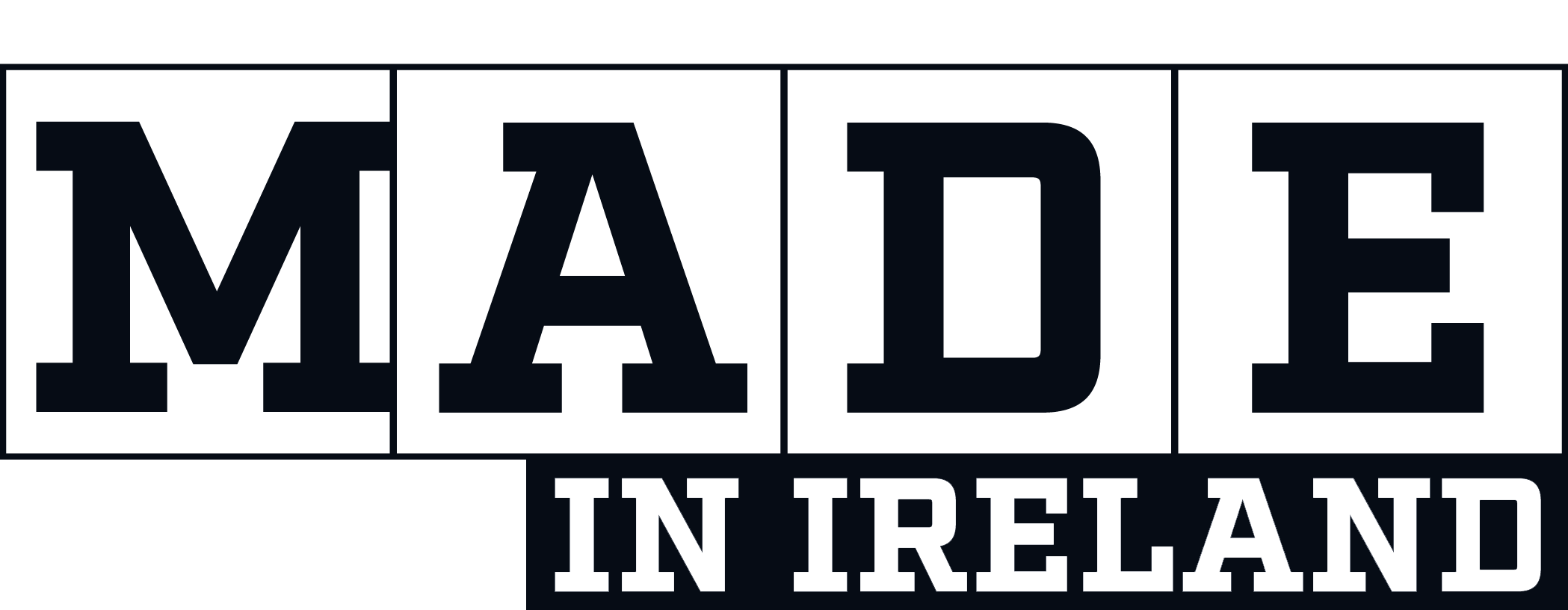This is the first time ever that athletes can quantify their sweat loss. This provides the advantage of enhancing hydration levels for improved recovery post-training, and improved physical performance during training.
The product is now in its trial stage, where FLOWBIO needed to print a limited run of the FLOWPATCH to send to beta testers, such as Olympians and a Tour de France team.
FLOWPATCH needs to be resistant to degradation from UV light and corrosion, due to being worn on the inner forearm and exposed to a high sweat area, adverse weather, and strong sunlight. Each unit in its entirety would also need to be strong, highly impact-resistant, and skin-safe.
The product also needed to be small and light, with the inner room and mechanics to accommodate the necessary electronics, such as a circuit board, Bluetooth module, and battery. In addition, the unit also required an LED to display status, such as connection and activity.
Three separate, interconnectable components were designed for printing. The first part was the shell base, which would sit close to the wearer’s skin. The second was the shell-like part or “dome” sitting on top of and attached to the shell base which accommodates the electronics. The third part would be a small, custom light pipe to transmit the light from the LED from the electronics to the surface.
The shell floor was printed in PA2200, a biocompatible SLS material certified for prolonged skin contact. The material has high strength and is very corrosion resistant.
A white material, the PA2200 was dyed black with biocompatible, perspiration-resistant dye using DyeMansion technology. DyeMansion is a technology enabling production-grade finishing including permanent colouring to be achieved on SLS parts. This means customers can receive the strength and durability benefits of SLS along with the aesthetic of their choosing.
The shell casing was vacuum cast in PX225 L4, an ABS-like thermoplastic with high impact resistance and flexural strength. Easily pigmented, FLOWBIO were able to match the colour of this part to the jet-black dye of the SLS-printed shell base. Having printed a mould using the stereolithography process, vacuum casting was a quick and cost-effective method of producing the end-use parts.
LPE’s additive manufacturing and Vacuum Casting technologies enabled FLOWBIO to produce a skin-safe, strong, and durable product. FLOWPATCH is lightweight, helped by the material efficiency that can be achieved given the design freedom these techniques allow.










